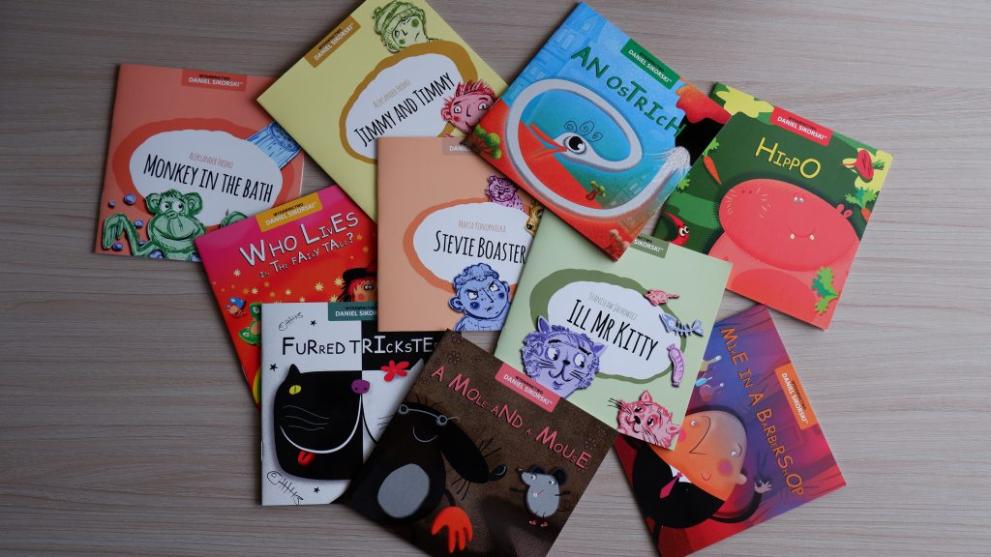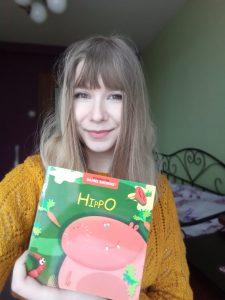
We all remember Hans Christian Andersen’s stories and the beautiful scenery created by him that made our childhood more magical and fairy. Back then, we did not give much of a thought to the structure and the language of the tale – we just enjoyed reading it and the only thing that mattered to us was the message of the story. We might remember our mums mentioning the fact that Hans Christian Andersen was not of the same nationality as us, yet we quickly forgot about it while diving into the fairyland. Now that we are older we recognize that the piece of writing which once brought us so much joy was a translation. Since then, not much has changed about these books. We still appreciate those masterpieces and take pleasure in reading them. What has changed, in fact, is our perception of the translator’s work – the moral of the story, the imaginery, the style – all of it was rendered splendidly. Only now can we understand how difficult a task it must have been, and let’s be honest, translation for children is not a piece of cake.
No-brainer? Not really!
Behind the name “children’s literature” there are hidden many different types of writing. Some texts are just simple stories written in order to entertain; some of them tell a story and teach at the same time; some are written solely to explain different concepts, e.g. how our world works, what kinds of animals live on our planet, et cetera. The style might differ in all those kinds of texts: for example, it should be witty and colorful in entertaining stories, but a bit more toned down in texts the purpose of which is to teach.
As in other literary genres, the most important aspect of children’s literature is language. Generally, it should be simple and easy to understand. However, this does not mean that it may be overly simplified or monotonous. The author should try to adjust the choice of wording to the age of the readers; for example, in texts for the youngest, simple words and sentences are the best choice. On the other hand, texts intended for older children should incorporate more difficult words and structures – that way reading will help children to learn the language.
When thinking of stories for children, there are three aspects that should be considered. Firstly, the story should be built around action – long descriptions or narrations are usually boring for kids, so they should be avoided. Secondly, the text should (usually) teach children something: it may include a moral, incorporate punishing an evil character or explain some ideas. Thirdly, the ending should be cheerful and optimistic – and just this one quality is a lesson in itself: children get to know that no matter what happens, there is always hope.
Translating for a demanding audience
Translating for children may seem to be a very easy task as we often associate literature for children with a not very demanding piece of writing. However, it may turn out to be quite challenging. But why is that? First of all, children’s literature can be divided into many genres and categories. We can list such genres as adventure books, tales, comics, or poetry. Due to the fact that there are many various types of books for children, translators may use diverse strategies. In other words, you need to adapt your translation strategy to a given genre. For instance, when you are translating a poem for children, not only do you have to take into consideration proper wording but you also need to ensure that rhymes are present and the poem sounds really good. What is more, translations of books for children should not only be good in terms of the vocabulary and grammatical structures, but they should encourage the children to keep reading. That is why translators should use transcreation in their work: this is a method to ensure that their translations are creative and pleasant to read. What is more, the translator must take also into account such elements as the nicknames, titles as well as invented languages. A typical feature of the majority of tales for children is that there are meaningful proper names that have to be properly localized so that the target readers can associate their names with the characters’ traits. However, one of the most pivotal things that a translator must bear in mind is the readability of the translated text: when a translated book, poem, or comic book does not read well and the flow of the text is not perfect, the target reader will switch off really quickly. All translators of children’s literature should remember that children are, in fact, the most demanding readers.
In conclusion, in the case of children’s literature, translation services are indeed invaluable as translators are the providers of unlimited enjoyment to children and adults alike. Despite the fact that children’s literature is perceived by many as a simple and unchallenging genre, the translators’ task does indeed require a considerable amount of effort and consideration. Hence, translators ought to employ a plethora of concepts relevant in the process of translating children’s literature: making the text appealing to the target readers, using transcreation, employing the proper rhyming schemes, and many, many more. At the end of the day, only the young readers of the target text can determine whether the translators were successful. No kidding: it is the kids who have the final word.
Details
- Publication date
- 15 December 2021
- Language
- Bulgarian
- English
- French
- EMT Category
- Translation issues

